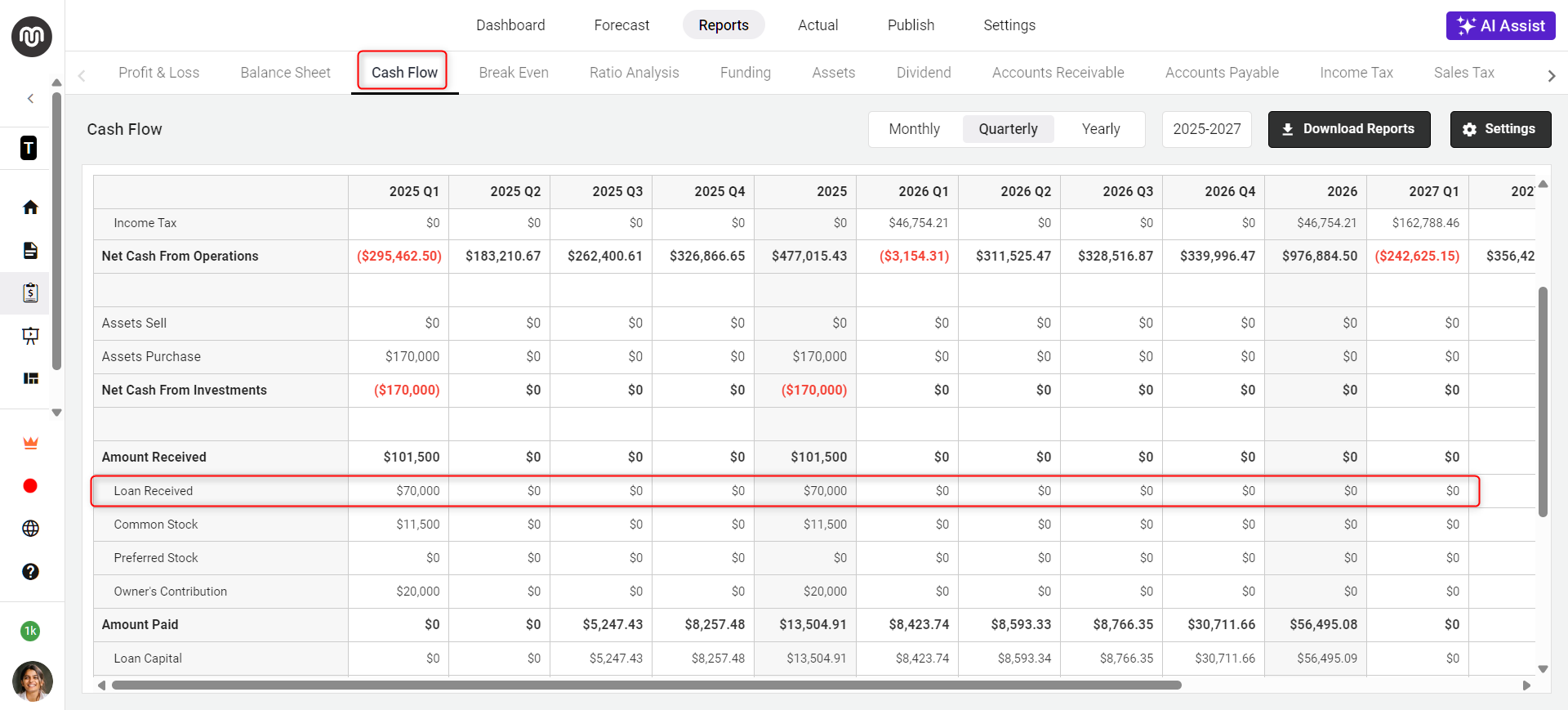Entering loans, Interest, and loan payments
In this article
Loan entries are money you've received, that you'll need to pay back to the lender. When you enter a loan, you'll specify the interest percentage and length of your loan, and the system will calculate the interest and payments automatically. The app also incorporates the correct principal and interest payments into your financial statements.
NOTE: Don't enter your loan payments as a separate expense. You can add them to the forecast in your finance.
Adding a New Loan:
Use this method for loans you'll place anytime after the start date of your forecast/plan.
- 1
-
Under the financial forecasting module, click on the Funding tab, and then click the Add Funding option:
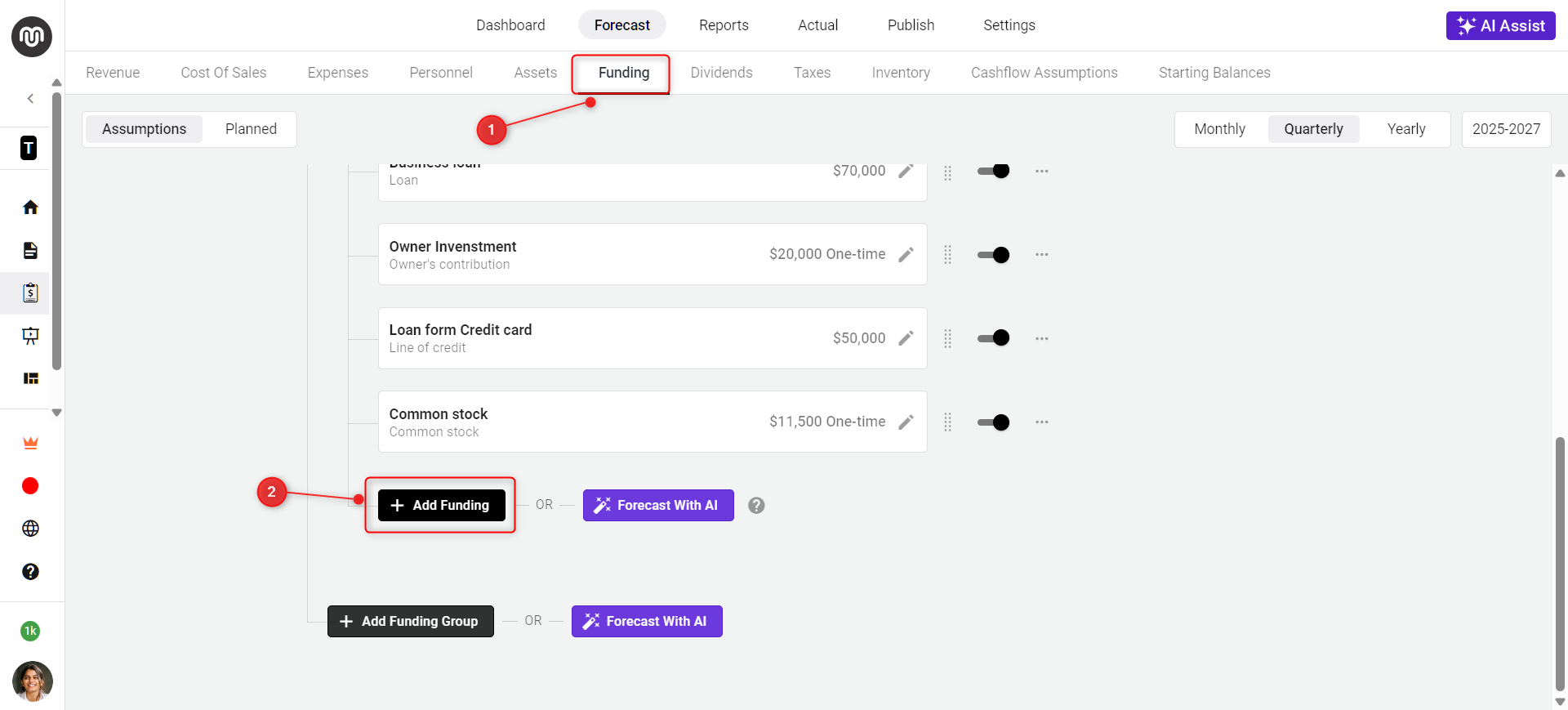
TIP: Moving finance items from one group to another is hassle-free. For a detailed walkthrough, check out our help guide here.
- 2
-
Enter a name for the loan, and select the funding type as Loan. Turn on the toggle if the loan existed before the plan started.
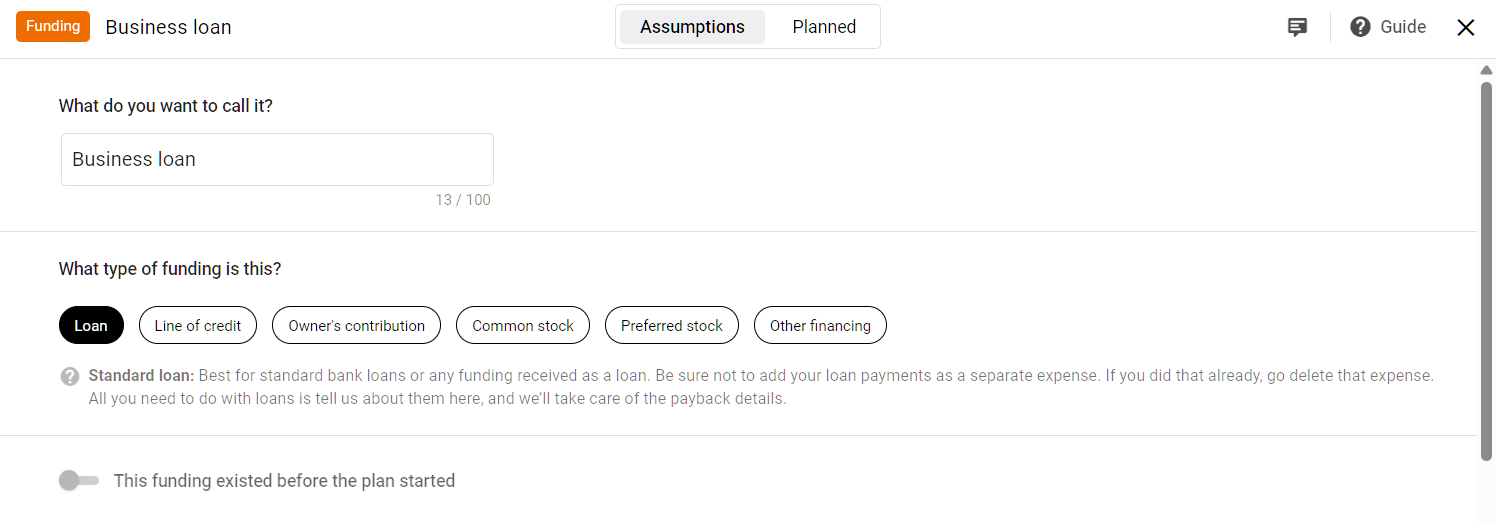
- 3
-
Enter the total loan amount, specify the term in months, and set the date you expect to receive the funds.

- 4
-
Detail the interest rate and the date when interest accrual begins.

- 5
-
Select how you intend to repay the loan: through calculated estimations, fixed payments, or adjustments over time.
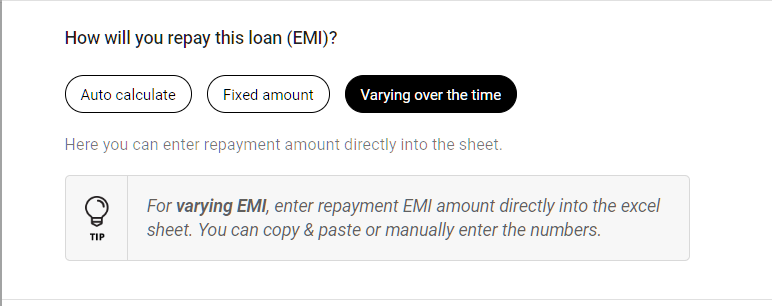
Set the "Repayment start date" and click on save if everything is configured correctly.
This date indicates when you will begin to pay back the loan. It’s common to have a period after receiving the loan funds during which no repayments are made, known as a grace period.
The repayment start date is crucial as it dictates when you will begin to pay back the loan. It’s possible to receive a loan and have a delay before repayments start, which is often the case with business loans where initial capital outlay is needed upfront without the immediate burden of repayment.
Example: If you receive a loan in January 2025 but the conditions allow you not to start repayments until Sep 2025, you would set the 'Repayment Start Date' to Sep 2025. This setting helps synchronize your financial projections with actual cash flow requirements.

Adding special types of loans
Sometimes, your loan will have special terms. The links below offer instructions for some common types of specialty loans:
Where does this entry appear in the financial statements?
When you enter a Loan or another entry, only the interest portion will appear in your Profit and Loss statement. This is because the interest is the only true cost your business incurs in the loan:
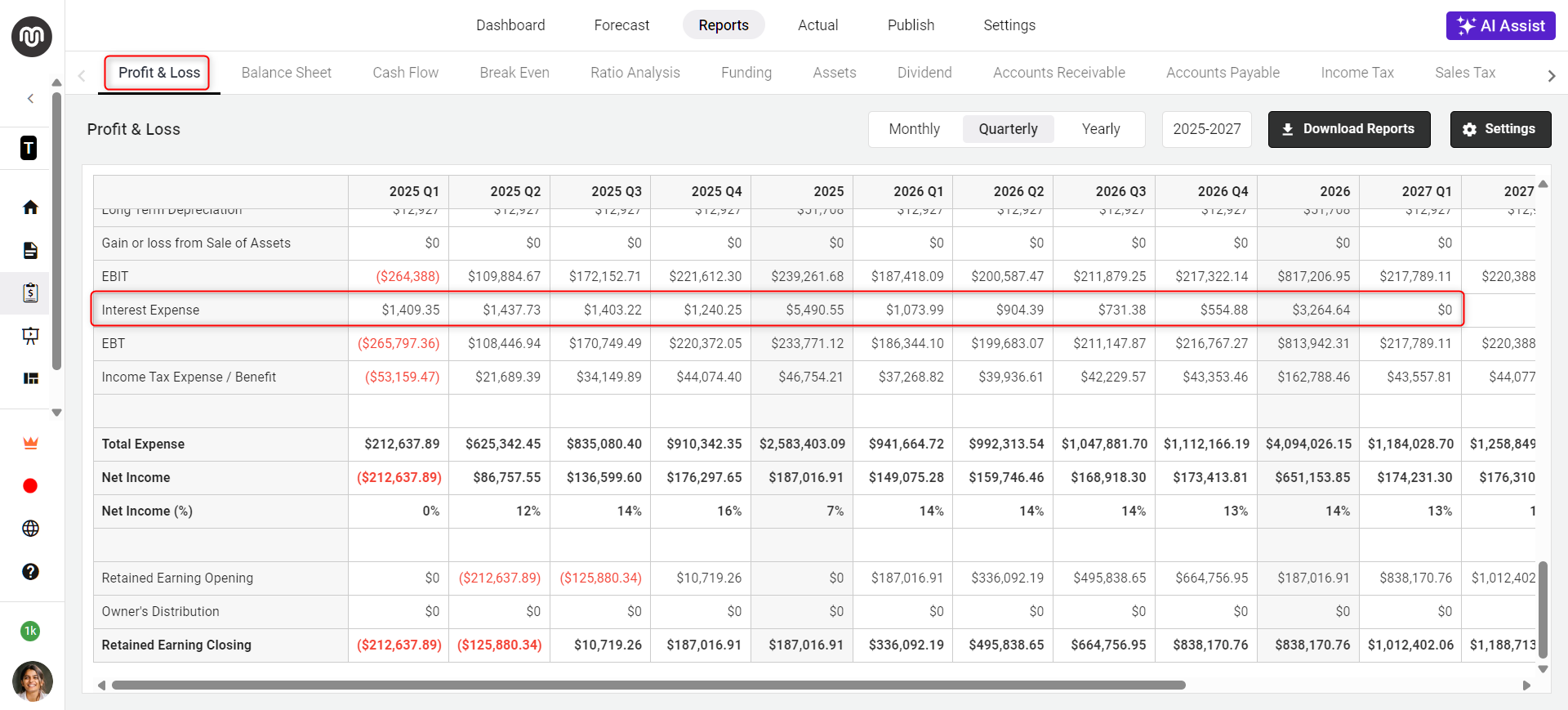
Loans will appear on one or two lines of the Balance Sheet, depending on their length. A loan that will be paid back within 12 months appears as Short-Term Debt. A loan of longer than 12 months will be divided into Long-Term Debt.
TIP: Learn more about short-term and long-term debt, click here.
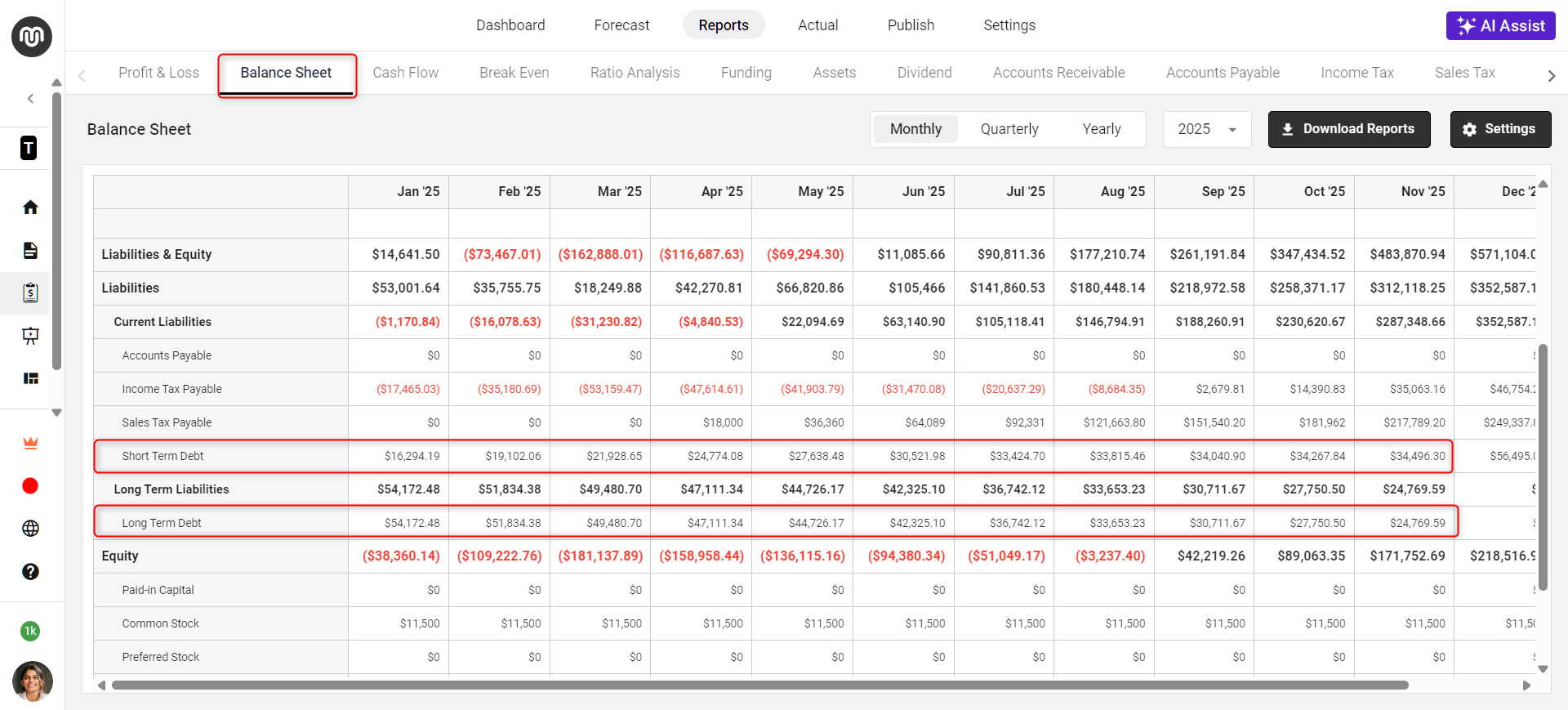
In the Cash Flow, similarly, loans will be considered under the Loan Received section:
